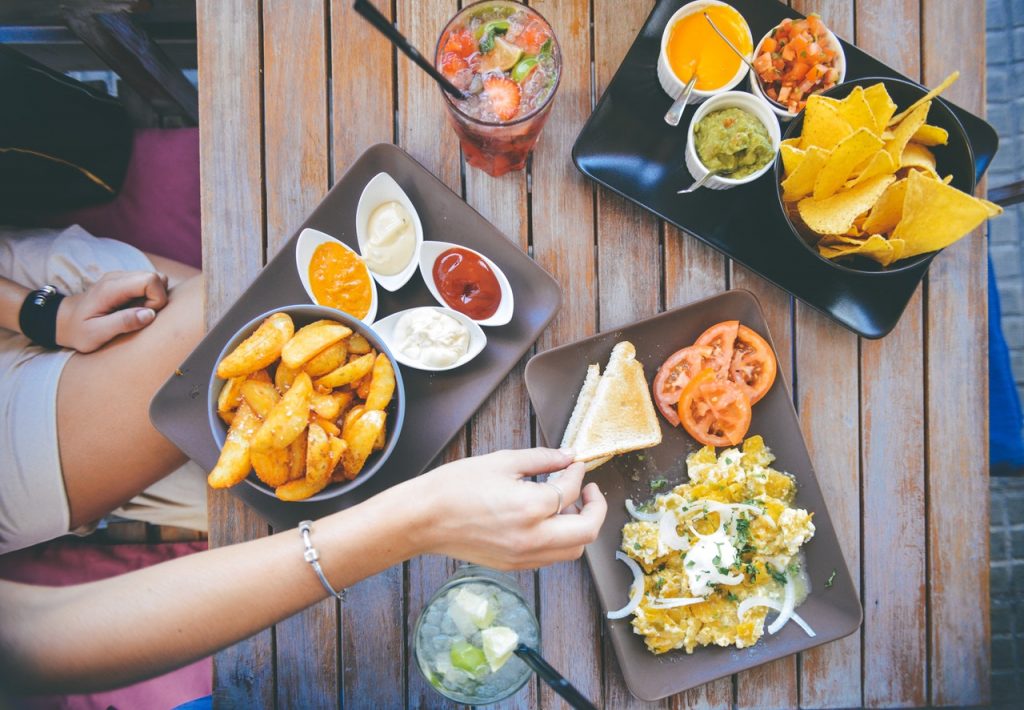By the rise of fast-casual restaurants to the simplicity of delivery services, eating prepared food is a handy proposition in 2016. And it appears that millennials are benefiting from this, spending more of their food budget on dining out than previously.
We can now see that millennials are spending more then 44 percent of the food dollars — or $2,921 annually — on eating out especially for brunch, according to the Food Institute’s evaluation of the United States Department of Agriculture’s food expenditure data from 2014. This reflects a 10.7 percent increase from previous data points in 2010. By comparison, baby boomers in 2014 spent 40 percent of the food dollars on eating out or $2,629 annually.
Millennials are spending more on eating out than Baby Boomers, are they the smashed avocado generation?
This phenomena is not just contained to the USA. The Australian posted this week new findings that millennials are unable to afford homes because they eat out too much, dubbing them the “Smashed Avocado Generation” at a reference to the very popular breakfast item. Controversy ensued, with many Aussies pointing out that many are not choosing restaurants over home ownership, they simply can not afford to purchase a house.
 Whatever the reason, the quantity of food dollars spent on restaurants and take-away has steadily improved through time, from 34 percent in 1974 to 50 percent in 2014. That is a good deal of grub on the go. Being a foodie is not a crime, but a lot of millennials say they wind up spending more on programs like Grubhub or Seamless, because of delivery surcharges and minimums. Similarly, thanks to ease of those services, they quickly rack up charges with the click of a button, not realizing just how much they are forking over. Managing editor of The Financial Diet Holly Trantham remembers spending nearly $300 on Seamless alone in her first month in NYC, admitting it was “half novelty and half advantage.”
Whatever the reason, the quantity of food dollars spent on restaurants and take-away has steadily improved through time, from 34 percent in 1974 to 50 percent in 2014. That is a good deal of grub on the go. Being a foodie is not a crime, but a lot of millennials say they wind up spending more on programs like Grubhub or Seamless, because of delivery surcharges and minimums. Similarly, thanks to ease of those services, they quickly rack up charges with the click of a button, not realizing just how much they are forking over. Managing editor of The Financial Diet Holly Trantham remembers spending nearly $300 on Seamless alone in her first month in NYC, admitting it was “half novelty and half advantage.”
Shocked by the discovery, Trantham deleted the program. Now, after living in New York for a couple of decades, she re-downloads the app when she wishes to purchase food from a lunch café, and then deletes it immediately afterwards. Regardless of this tactic, she had been shocked to discover that she racked up $418 on the program just in 2016. That’s the same price as 11 dinners at this exquisite European styled restaurant bistro in South Yarra.
“I know $400 over the course of nine or ten months really is not the worst, but I would rather put that money to use somewhere else,” admits Trantham, in an email. In a recent article, Trantham details each of the ways she could have spent her bucks rather, including weekly fresh flowers, a roundtrip ticket to Atlanta or four specialist flat cleanings. However, Trantham’s most surprising finding was that she spent a typical of $20 on a meal, although her favourite dishes are in the $10 – $12 range. She says that she would likely spend less on average if she chose up the food, instead of having it delivered, as she would not have to pay more to meet shipping minimums.
Track Your Food Dollars to Stay On Budget
Eating out is not a crime. Spend your food dollars wisely, choosing quality over quantity. Use a tool like to Mint or Fudget to examine restaurant costs. More cash tracking applications suggestions can be found here.
“If we had a month of Thai, we look at [our credit card bills] and say, oh crap,” agrees Bobby Hoyt, personal finance writer behind strike website, Millennial Money Man. Hoyt remains at the top of food dollars by monitoring his spending.
Or, follow in the footsteps of Trantham and delete the program altogether, making it less likely for you to keep ordering expensive food and take home meals.
